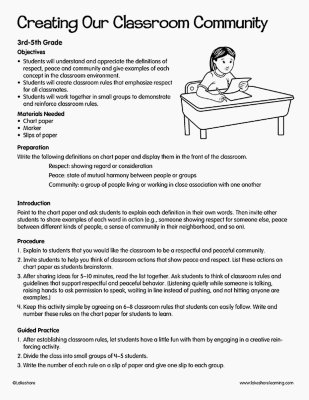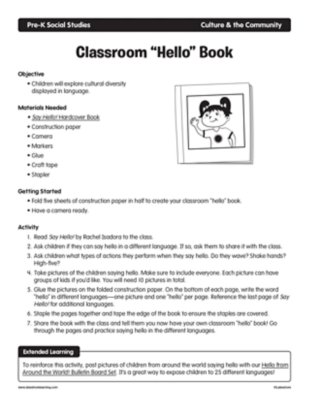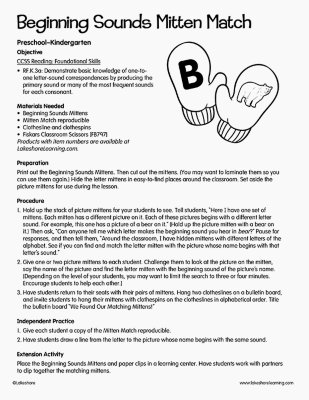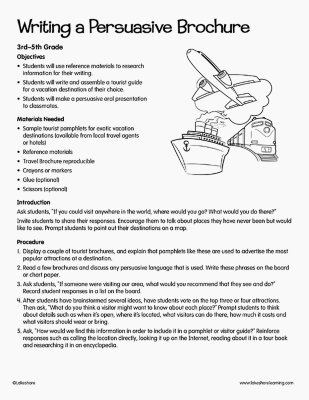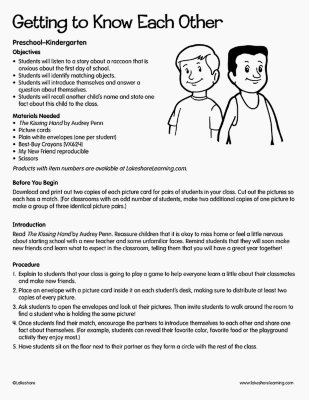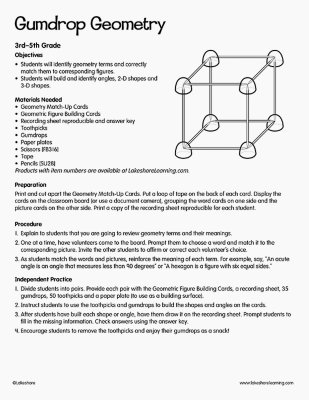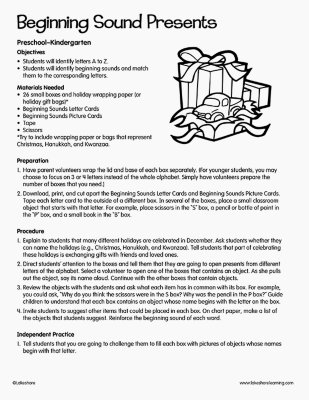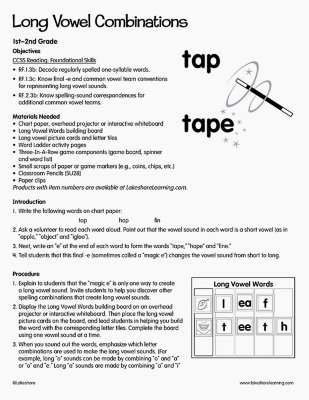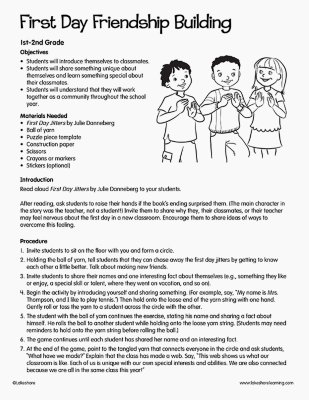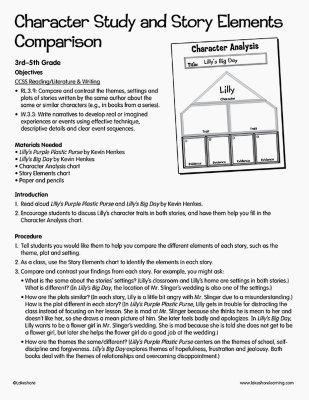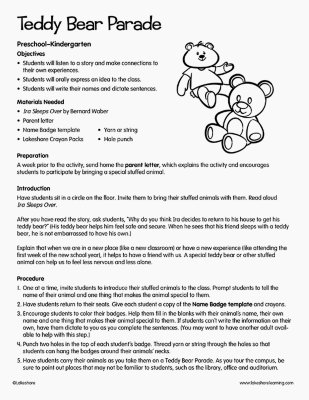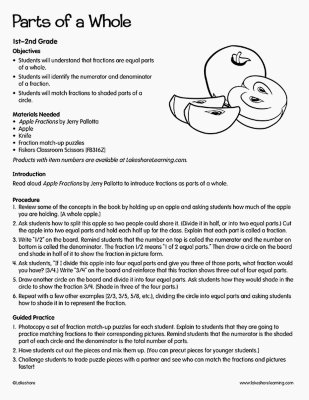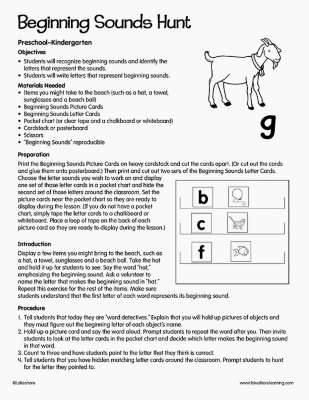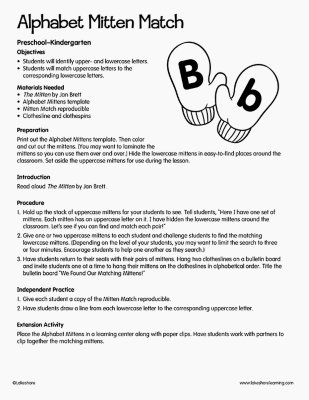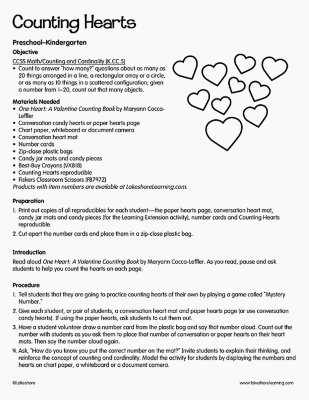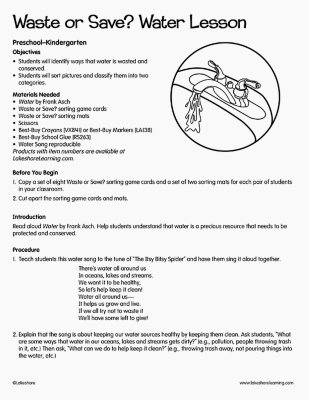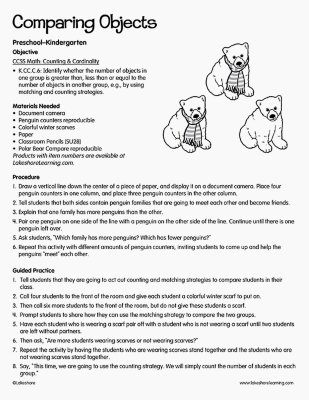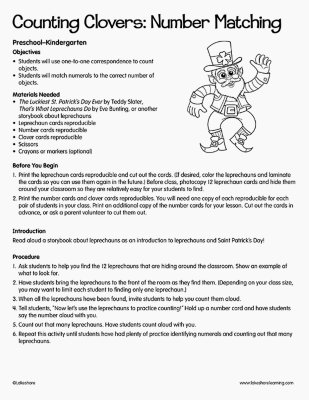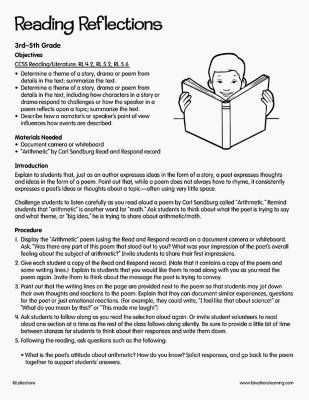Narrow by Grade
Grade
19 results for "classroom decor themes"
Objective
- Children will explore cultural diversity displayed in language.
Objectives Students will understand that fractions are equal parts of a whole. Students will identify the numerator and denominator of a fraction. Students will match fractions to shaded parts of a circle. Materials Needed Apple Fractions by Jerry Pallotta Apple Knife Fraction match-up puzzles Fiskars Classroom Scissors Introduction Read aloud Apple Fractions by Jerry Pallotta to introduce fractions as parts of a whole.
View Lesson PlanObjective CCSS Math: Counting & Cardinality K.CC.C.6: Identify whether the number of objects in one group is greater than, less than or equal to the number of objects in another group, e.g., by using matching and counting strategies. Materials Needed Document Camera Penguin counters reproducible Colorful winter scarves Paper Classroom Pencils Polar Bear Compare reproducible
View Lesson Plan